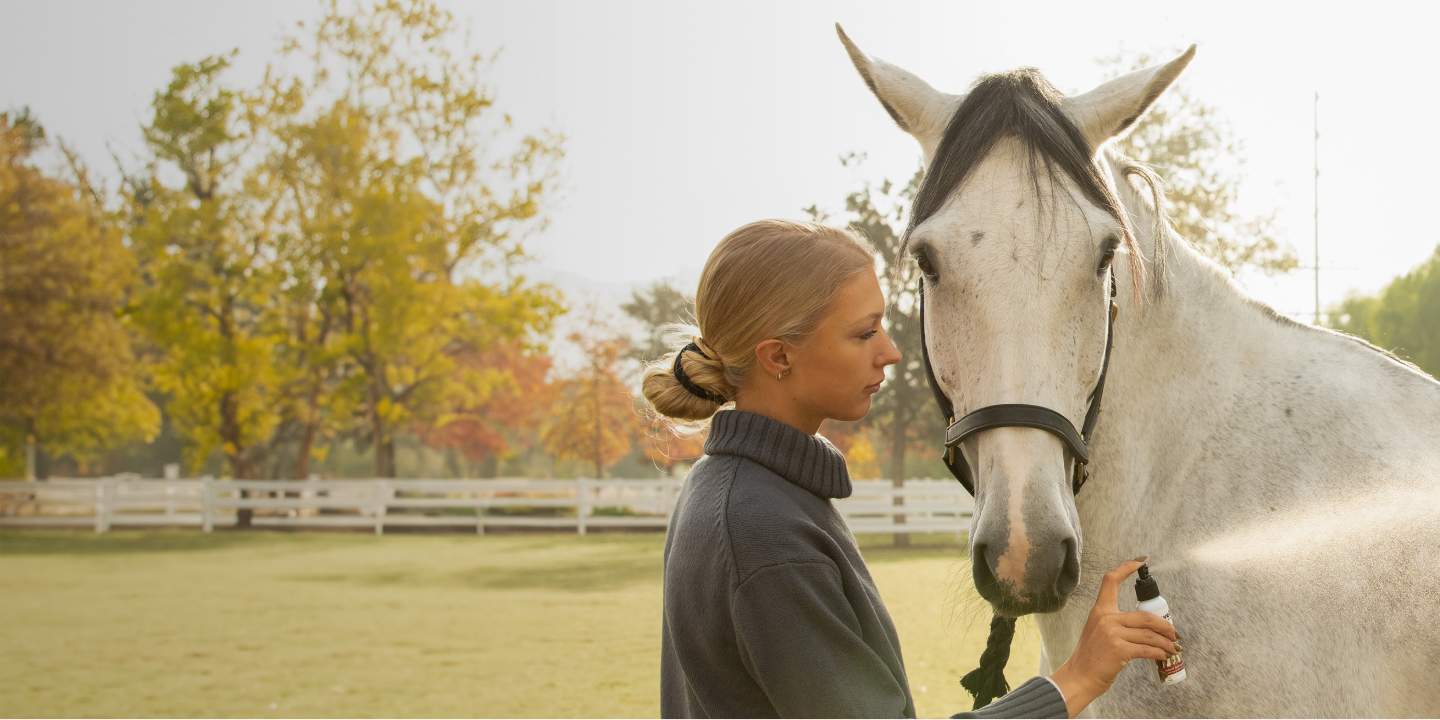
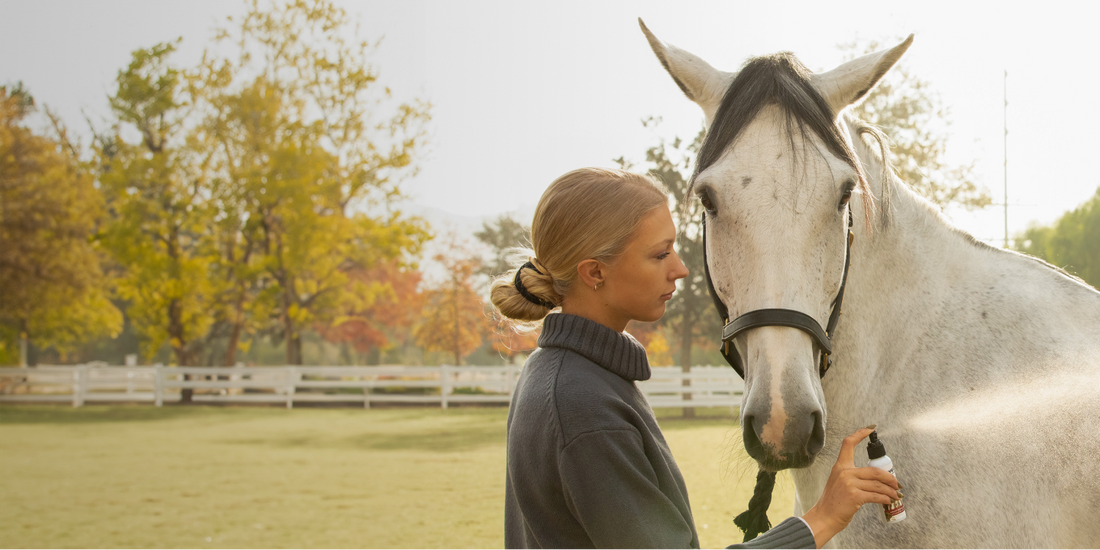
Blog
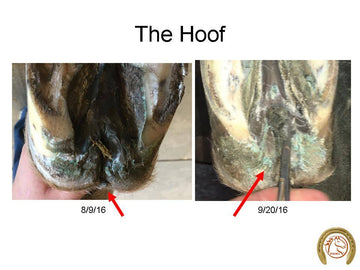
What is Seedy Toe? How Do Copper Horseshoes Help?
What seeds do you need? Seedy toe is a white line disease problem specifically in...
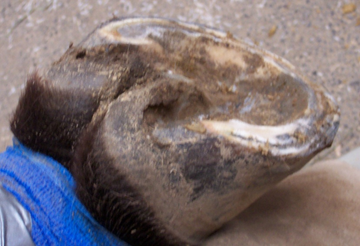
Retracted Soles on Horses: What You Need to Know
Retracted soles are a condition that many equine professionals have seen but has yet been...
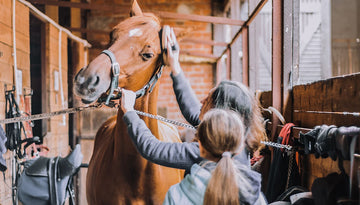
By the IAPF Horseowner Committee
The definition of an abscess is a localized collection of pus in a cavity formed...
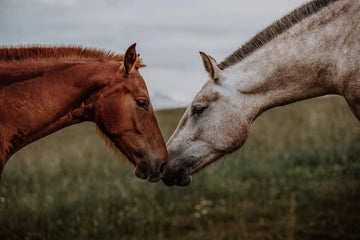
When To Change Your Horse’s Nutrition Program
If you've been feeding your horse the same thing for years, you might be wondering...
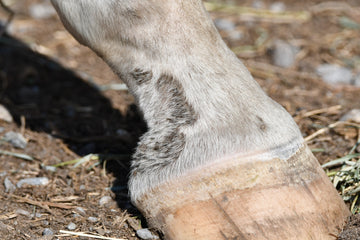
Rain Rot: 101 What it is and how to minimize your horse’s chance of getting it!
We’ve all heard the saying…”April showers bring May flowers!” If you are a horse owner,...

Keeping Your Horse’s Hooves Thrush-Free is Easier Than You Thought!
The smell of rotting dairy when you’re cleaning your horse’s hooves is the smell no...
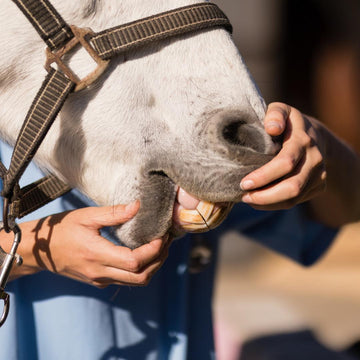
Important Facts About Mouth Ulceration
What is a mouth ulcer? Mouth ulcers develop when the lining membrane is damaged, exposing...
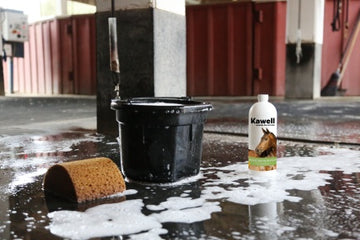
How to give your horse a happy and healthy bathing experience!
What to ask? Many horse owners ask the question, “How often should I bathe my...
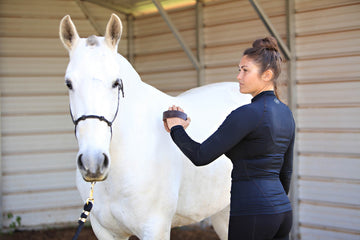
Horse Grooming 101
Grooming your horse is such an important part of your riding routine. Not only is...





